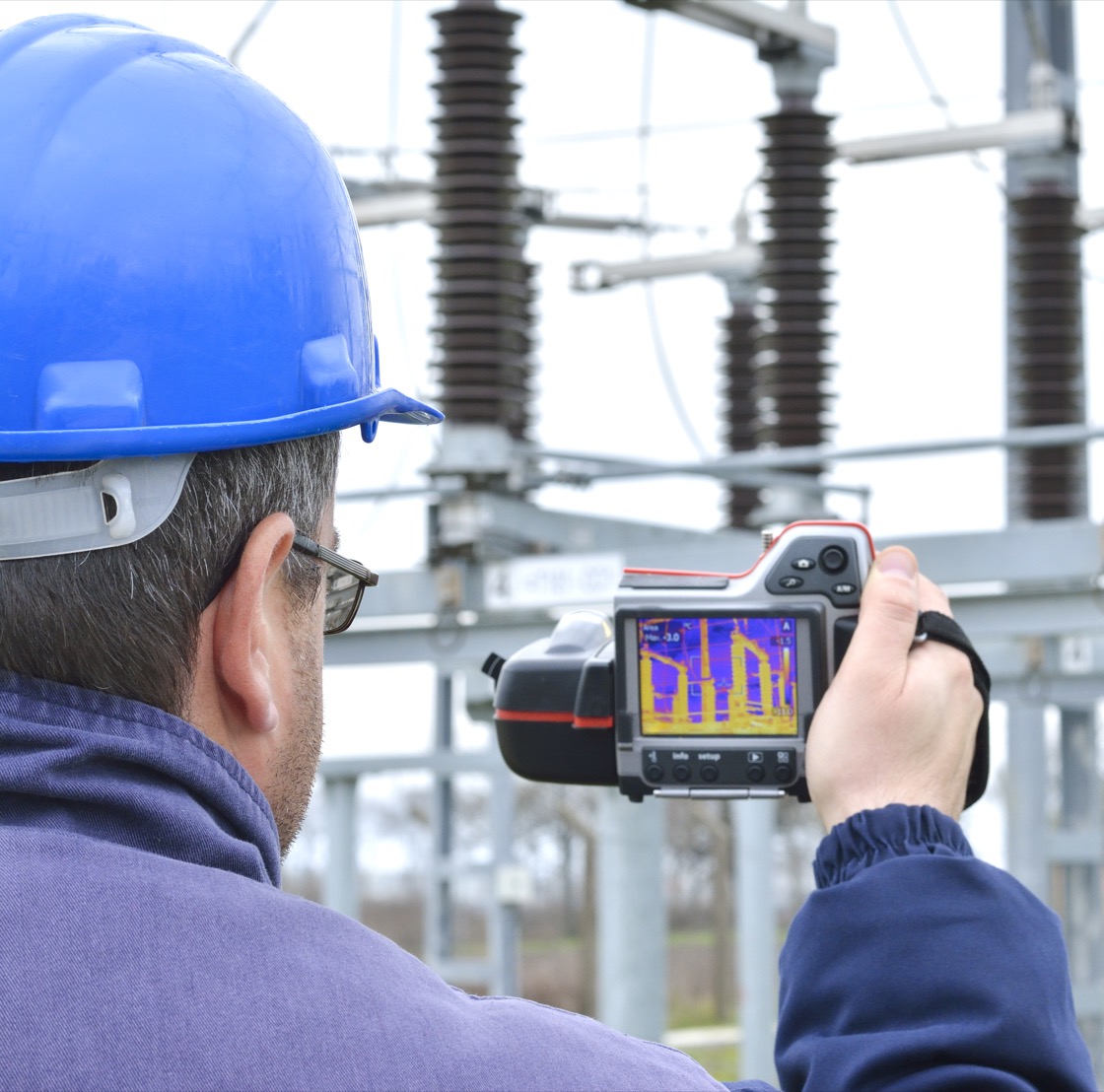Measurement Accuracy Specifications
Sponsored by:

Tip written by: Infraspection Institute
“A man’s got to know his limitations.” Clint Eastwood popularized this quote in a 1972 film; this sage observation can also be applied to infrared equipment.

When stating the potential accuracy of infrared thermometers, many manufacturers state radiometer accuracy as “± 2%”. The significance of this specification is often poorly understood causing many to overestimate the accuracy of non-contact temperature measurements.
An accuracy statement of “± 2%” is actually an abbreviated statement. The full statement is “± 2% of target temperature or 2º C, whichever is greater”. The full statement is required since measurement accuracy generally decreases with lower temperature targets. Furthermore, an accuracy of “± 2%” would place accuracy at 0% when measuring targets operating at 0º!
When considering an accuracy statement, it is also important to note that manufacturers derive accuracy specs under laboratory conditions using high-emittance, blackbody simulators in a controlled environment. As a result, manufacturers derive accuracy specs under “best case” conditions which may not be possible to duplicate in a given work environment.
To help ensure measurement accuracy, be certain to:
- Always measure perpendicular to target
- Correctly set radiometer inputs for emittance, reflected temperature, distance and humidity
- Ensure target size is adequate for subject radiometer’s spot measurement size
- Temporarily modifying low E targets can help to improve measurement accuracy
Lastly, real-world challenges can create situations where it is not possible to measure temperatures to the accuracy level promised by an instrument’s spec sheet. These challenges include, but are not limited to, hot or cold ambient temperatures, and the use of different lenses or filters. Whenever accurate infrared temperature measurement is not possible, one should consider using contact thermometry instead.
Infrared imager selection and operation are two of the many topics covered in the Level I Infraspection Institute Certified Infrared Thermographer® training course. For information on our open enrollment or Distance Learning courses, please visit us online at www.infraspection.com or call us at 609-239-4788.

